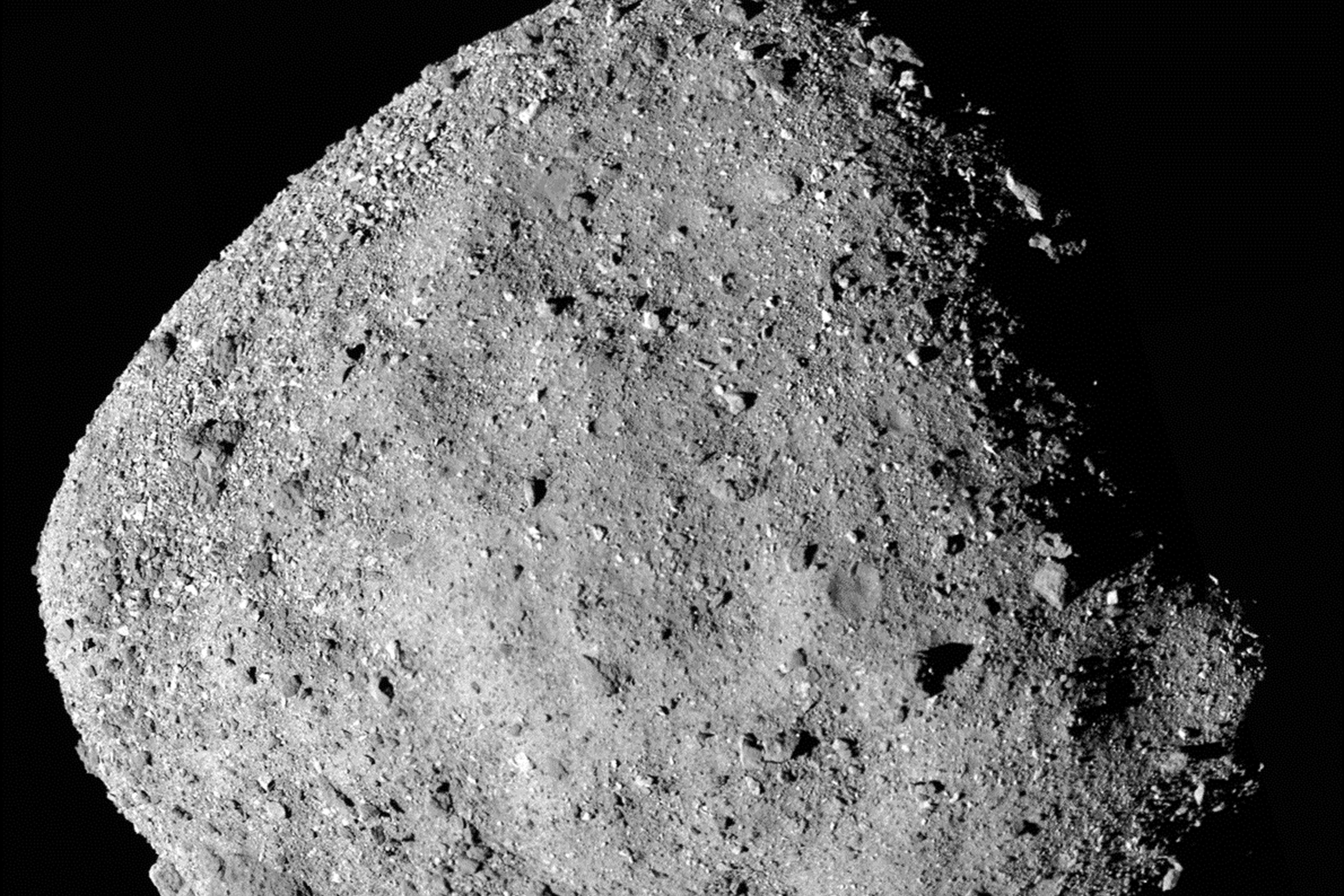‘Building blocks of life’ found on alien asteroid, scientists say

Your support helps us to tell the story
From reproductive rights to climate change to Big Tech, The Independent is on the ground when the story is developing. Whether it's investigating the financials of Elon Musk's pro-Trump PAC or producing our latest documentary, 'The A Word', which shines a light on the American women fighting for reproductive rights, we know how important it is to parse out the facts from the messaging.
At such a critical moment in US history, we need reporters on the ground. Your donation allows us to keep sending journalists to speak to both sides of the story.
The Independent is trusted by Americans across the entire political spectrum. And unlike many other quality news outlets, we choose not to lock Americans out of our reporting and analysis with paywalls. We believe quality journalism should be available to everyone, paid for by those who can afford it.
Your support makes all the difference.The building blocks of life have been found on an alien asteroid, scientists have said.
Samples taken by Nasa from the asteroid Bennu have not only the ingredients required to life but also show the leftovers of an ancient water world, researchers said in new findings.
The findings suggest more strongly than ever that life on Earth might have come from an asteroid that crashed into our planet. They also show that those ingredients might have been in the water also thought necessary for life from early on.
“That's the kind of environment that could have been essential to the steps that lead from elements to life,” said the Smithsonian Institution's Tim McCoy, one of the lead study authors.
NASA's Osiris-Rex spacecraft returned 122 grams (4 ounces) of dust and pebbles from the near-Earth asteroid Bennu, delivering the sample canister to the Utah desert in 2023 before swooping off after another space rock. It remains the biggest cosmic haul from beyond the moon. The two previous asteroid sample missions, by Japan, yielded considerably less material.
Small amounts of Bennu's precious black grains — leftovers from the solar system's formation 4.5 billion years ago — were doled out to the two separate research teams whose studies appeared in the journals Nature and Nature Astronomy. But it was more than enough to tease out the sodium-rich minerals and confirm the presence of amino acids, nitrogen in the form of ammonia and even parts of the genetic code.
Some if not all of the delicate salts found at Bennu — similar to what's in the dry lakebeds of California's Mojave Desert and Africa's Sahara — would be stripped away if present in falling meteorites.
“This discovery was only possible by analyzing samples that were collected directly from the asteroid then carefully preserved back on Earth,” the Institute of Science Tokyo's Yasuhito Sekine, who was not involved in the studies, said in an accompanying editorial.
Combining the ingredients of life with an environment of sodium-rich salt water, or brines, “that's really the pathway to life,” said McCoy, the National Museum of Natural History's curator of meteorites. “These processes probably occurred much earlier and were much more widespread than we had thought before.”
NASA's Daniel Glavin said one of the biggest surprises was the relatively high abundance of nitrogen, including ammonia. While all of the organic molecules found in the Bennu samples have been identified before in meteorites, Glavin said the ones from Bennu are valid — “real extraterrestrial organic material formed in space and not a result of contamination from Earth.”
Bennu — a rubble pile just one-third of a mile (one-half of a kilometer) across — was originally part of a much larger asteroid that got clobbered by other space rocks. The latest results suggest this parent body had an extensive underground network of lakes or even oceans, and that the water evaporated away, leaving behind the salty clues.
Sixty labs around the world are analyzing bits of Bennu as part of initial studies, said the University of Arizona's Dante Lauretta, the mission's chief scientist who took part in both studies.
Most of the $1 billion mission's cache has been set aside for future analysis. Scientists stress more testing is needed to better understand the Bennu samples, as well as more asteroid and comet sample returns. China plans to launch an asteroid sample return mission this year.
Many are pushing for a mission to collect rocks and dirt from the potentially waterlogged dwarf planet Ceres in the main asteroid belt. Jupiter's moon Europa and Saturn's moon Enceladus also beckon as enticing water worlds. Meanwhile, NASA has core samples awaiting pickup at Mars, but their delivery is on hold while the space agency studies the quickest and cheapest way to get them here.
“Are we alone?” McCoy said. “That's one of the questions we're trying to answer.”
Additional reporting by agencies
Join our commenting forum
Join thought-provoking conversations, follow other Independent readers and see their replies
Comments